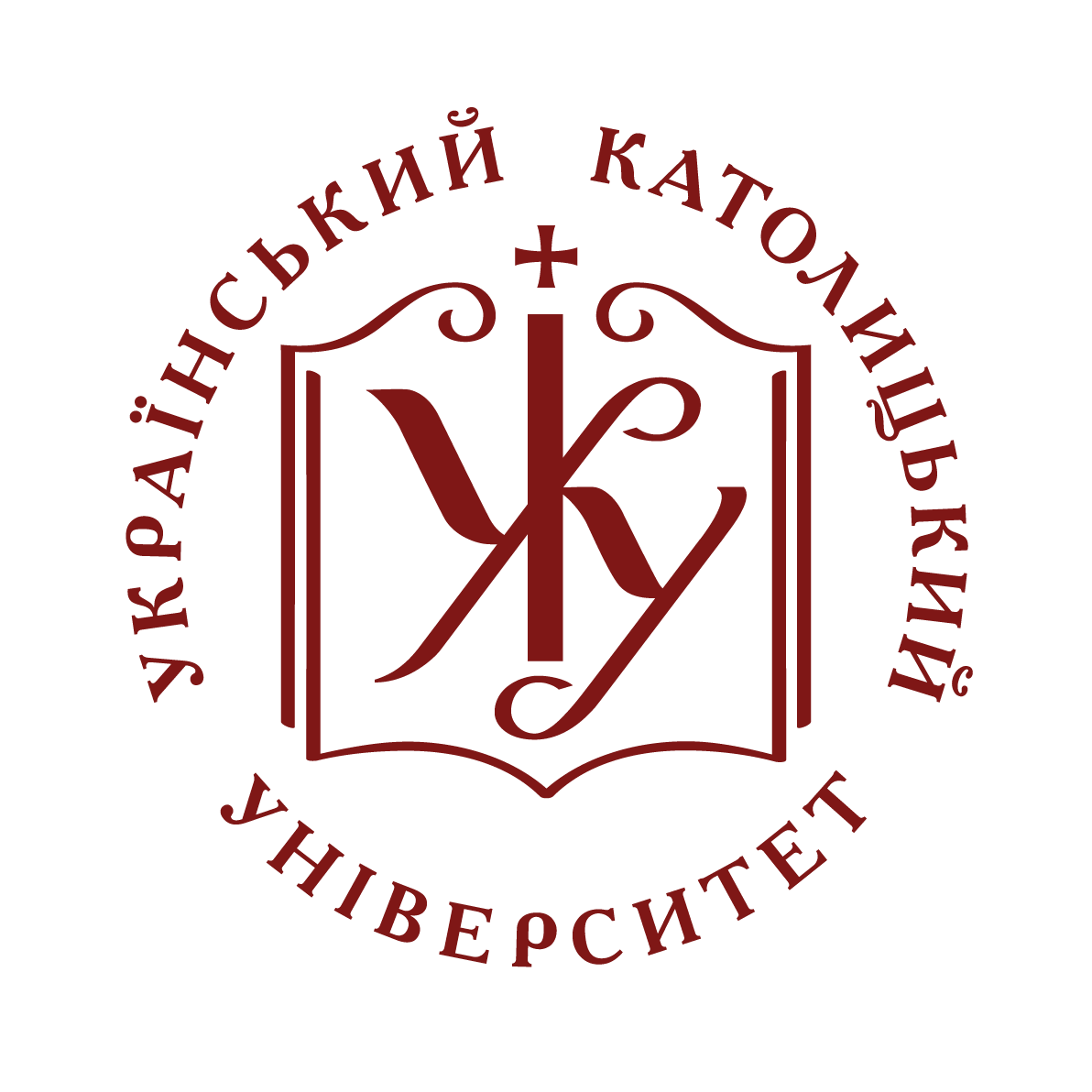- Домівка
- →
- Students Research & Project Works | Роботи студентів
- →
- Факультет прикладних наук
- →
- Освітня програма наук про дані
- →
- 2020
- →
- Перегляд матеріалів
Сценарії JavaScript вимкнено для Вашого браузера. Деякі функції цього сайту не будуть працювати без них.
Показати скорочений опис матеріалу
| dc.contributor.author | Glusco, Dmitri
|
|
| dc.date.accessioned | 2020-02-24T15:58:38Z | |
| dc.date.available | 2020-02-24T15:58:38Z | |
| dc.date.issued | 2020 | |
| dc.identifier.citation | Glusco, Dmitri. Replica Exchange For Multiple-Environment Reinforcement Learning : Master Thesis : manuscript rights / Dmitri Glusco ; Supervisor Dr. Mykola Maksymenko ; Ukrainian Catholic University, Department of Computer Sciences. – Lviv : [s.n.], 2020. – 54 p. : ill. | uk |
| dc.identifier.uri | http://er.ucu.edu.ua/handle/1/2044 | |
| dc.language.iso | en | uk |
| dc.subject | Multiple-Environment Reinforcement Learning | uk |
| dc.subject | Replica Exchange | uk |
| dc.subject | Noise Learning | uk |
| dc.title | Replica Exchange For Multiple-Environment Reinforcement Learning | uk |
| dc.type | Preprint | uk |
| dc.status | Публікується вперше | uk |
| dc.description.abstracten | In this project (Dmitri Glusco, 2019), we treat the Reinforcement Learning problem of Exploration vs. Exploitation. The problem can be rephrased in terms of generalization and overfitting or efficient learning. To face the problem we decided to combine the techniques from different researches: we introduce noise as an environment’s characteristics (Packer et al., 2018); create multiple Reinforcement Learning agents and environments setup to train in parallel and interact within each other (Jaderberg et al., 2017); use parallel tempering approach to initialize environments with different temperatures (noises) and perform exchanges using Metropolis-Hastings criterion (Pushkarov et al., 2019). We implemented multi-agent architecture with parallel tempering approach based on two different Reinforcement Learning agent algorithms - Deep Q Network and Advantage Actor-Critic - and environment wrapper of the OpenAI Gym (Gym: A toolkit for developing and comparing reinforcement learning algorithms) environment for noise addition. We used the CartPole environment to run multiple experiments with three different types of exchanges: no exchange, random exchange, smart exchange according to Metropolis-Hastings rule. We implemented aggregation functionality to gather the results of all the experiments and visualize them with charts for analysis. Experiments showed that a parallel tempering approach with multiple environments with different noise level can improve the performance of the agent under specific circumstances. At the same time, results raised new questions that should be addressed to fully understand the picture of the implemented approach. | uk |
Долучені файли
Даний матеріал зустрічається у наступних зібраннях
-
2020 [28]


